Your mouse sensitivity is one of the most important settings in VALORANT. Precision matters, and the sensitivity can define how snappy or terrible your aim is.
If your sensitivity is too high, you’ll have a hard time accurately clicking on your opponent’s heads. If it’s too low, reacting to a shot, a flank, or a flash can be equally demanding. Finding the right balance with your sensitivity is key to improving your mechanics, so here are the best VALORANT sensitivity and dots per inch (DPI) settings.
Table of contents
Sensitivity, DPI, and eDPI, explained
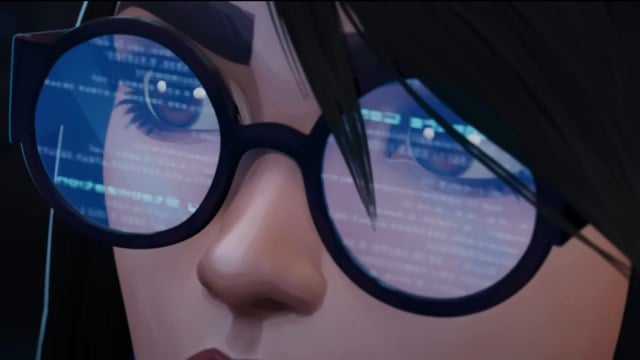
To set up sensitivity in VALORANT (or any other game), you should know three main terms: sensitivity, DPI, and eDPI. Knowing them allows you to tailor the VALORANT settings to perfection without affecting your general PC use.
Here are the terms and what they mean:
- Sensitivity: VALORANT‘s in-game sensitivity setting. You can tinker with it in the settings to be between 0.01 and 10, and it only affects the mouse speed in the game.
- DPI (dots per inch): This is your mouse setting. Your DPI dictates the speed at which your mouse cursor moves on your screen. It’s the basis for everything you do on your computer, from browsing the internet to playing a game. Most mice have DPI buttons and dedicated software to change the settings.
- eDPI (effective dots per inch): Sensitivity multiplied by DPI. It describes your final in-game sensitivity and allows you to make adjustments depending on your DPI.
Best sensitivity and DPI settings for VALORANT
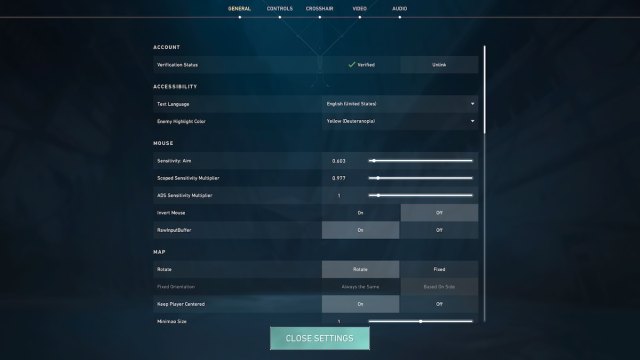
The best sensitivity settings for VALORANT depend on you and your playstyle, but I recommend starting with a 0.40 sensitivity and 800 DPI or 320 eDPI. The general rule of thumb is to maintain an eDPI around 300 and lower. It’s on the lower side of the scale and might take some time to get used to, but it’s not so low that it impairs your movement.
If you prefer to have a higher or lower DPI on your mouse when using your PC outside of VALORANT, adjust the sensitivity to result in the same eDPI. I recommend using the eDPI calculator, where you can enter your DPI and target eDPI to determine the sensitivity you have to set in VALORANT.
High or low sensitivity: What should you choose?

High sensitivity allows you to react to enemies and their utility quickly. On the other hand, lower sensitivity gives more control and precision. You must find a balance between the two depending on the agents you play, the guns you prefer, and your mechanical skill.
If you have limited space on your desk or a small mousepad, bump up your sensitivity to compensate. Feel free to experiment with a lower sensitivity if you have plenty of space. As a rule of thumb, you should be able to do a 180-degree turn with your mouse in one movement.
High sensitivity
Higher sensitivity is great for duelists and entry-fragging agents. You must be quick to react when entering a site to check for enemy positions and create space for your team. Agents that adopt the spray-and-pray style with an Odin or a Phantom benefit from higher sensitivity, too.
Agents like Jett, Yoru, Neon, and Raze thrive on unpredictable movement mechanics and cater to higher sensitivities. You’ll need to satchel, dash, and teleport into sites and engage in close-quarter fights, and may be required to land flick shots frequently. Lower sensitivity doesn’t allow you to move that freely.
Low sensitivity
Lower sensitivity is better if you play a more defensive and stationary role, like sentinel or controller. Agents like Killjoy, Viper, and Brimstone often support their teams with utility and hold a dedicated line or an angle.
Lower sensitivity also gives you more control when using weapons like the Vandal, which relies on precise headshots to be the most effective. With enough mouse space on your desk, you can be as effective in the match as if you were using a higher sensitivity but with added precision and accuracy.
How to find your perfect VALORANT sensitivity
Practice in the range
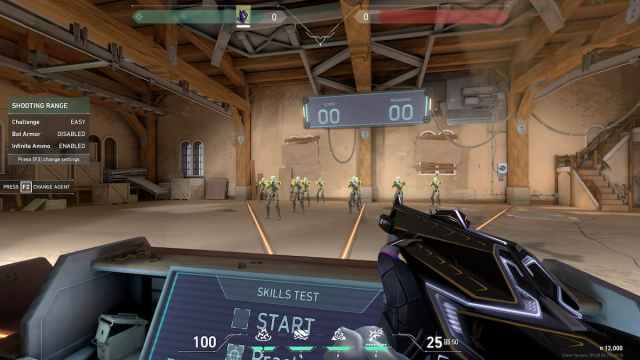
Finding your perfect sensitivity takes time, as you must develop muscle memory by playing the game and monitoring your performance. Load up into the training range and shoot bots for 5 to 10 minutes after setting a new sensitivity to see if it suits you. Alternatively, play a couple of deathmatch games to see how well you fare in heated engagements.
When playing, identify if you’re over-flicking or under-flicking when moving the crosshair towards the enemy. Constant over-flicking means you might want to lower your sensitivity, while under-flicking means you want to increase your sensitivity.
Use AimLabs sensitivity tool

AimLabs is a great tool to practice your aim in FPS games, but it also offers modes for you to tailor your sensitivity. While there are paid tools to find the perfect sensitivity, a free one is enough to get you started. Install AimLabs and head to the Analyze tab, where you can find the Basic assessment.
Enter your DPI and complete a series of tasks. AimLabs will give you the same tasks on different sensitivities and monitor your performance to find the one that suits you best. You can then use it as a baseline and adjust it as you play VALORANT.
Dot Esports’ VALORANT DPI and sensitivity settings recommendation
| DPI | 800 | In-game Sensitivity | 0.4 |
| eDPI | 320 | Scoped Sensitivity | 1 |
| Polling Rate | 1,000 | Windows Sensitivity | 6 |
I use a Logitech G Pro X Superlight wireless gaming mouse and have plenty of space on my desk. This allows me to lower my sensitivity, giving me a tad more accuracy when I’m scoping in with the Operator. This is generally the DPI and sensitivity I go for, but I sometimes bump it up or down after going on a frustrating loss streak.
Pro VALORANT DPI and sensitivity settings
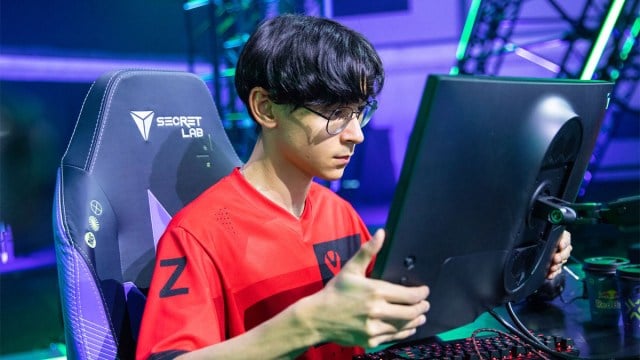
Of course, pros know it best, so I get that you’d like to take it from them. Since it depends largely on playstyle, most VALORANT pros have starkly different sensitivity preferences from each other.
Here are some notable examples of sensitivity preferences from the esports scene:
| Player | Sensetivity | DPI | eDPI |
|---|---|---|---|
| TenZ | 0.275 | 1,600 | 440 |
| Yay | 0.19 | 1,600 | 304 |
| ScreaM | 0.196 | 1,600 | 313.6 |
| Demon1 | 0.1 | 1,600 | 160 |
| Aspas | 0.4 | 800 | 320 |
| cNed | 0.3 | 800 | 240 |
| something | 0.65 | 800 | 520 |
| nAts | 0.49 | 800 | 392 |
| Jinggg | 0.2 | 1,600 | 320 |
| Zekken | 0.175 | 1,600 | 280 |
| f0rsakeN | 0.602 | 800 | 481.6 |
| Mindfreak | 0.7 | 400 | 280 |
| Cryocells | 0.15 | 1,600 | 240 |
| Derke | 0.74 | 400 | 296 |


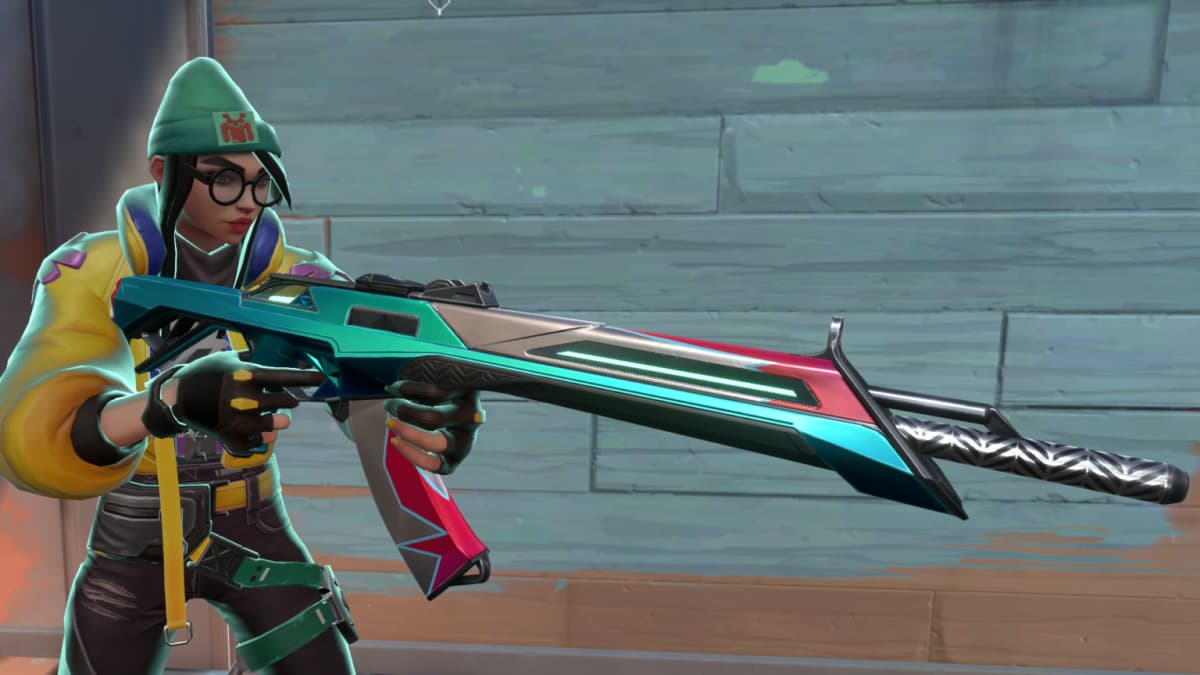

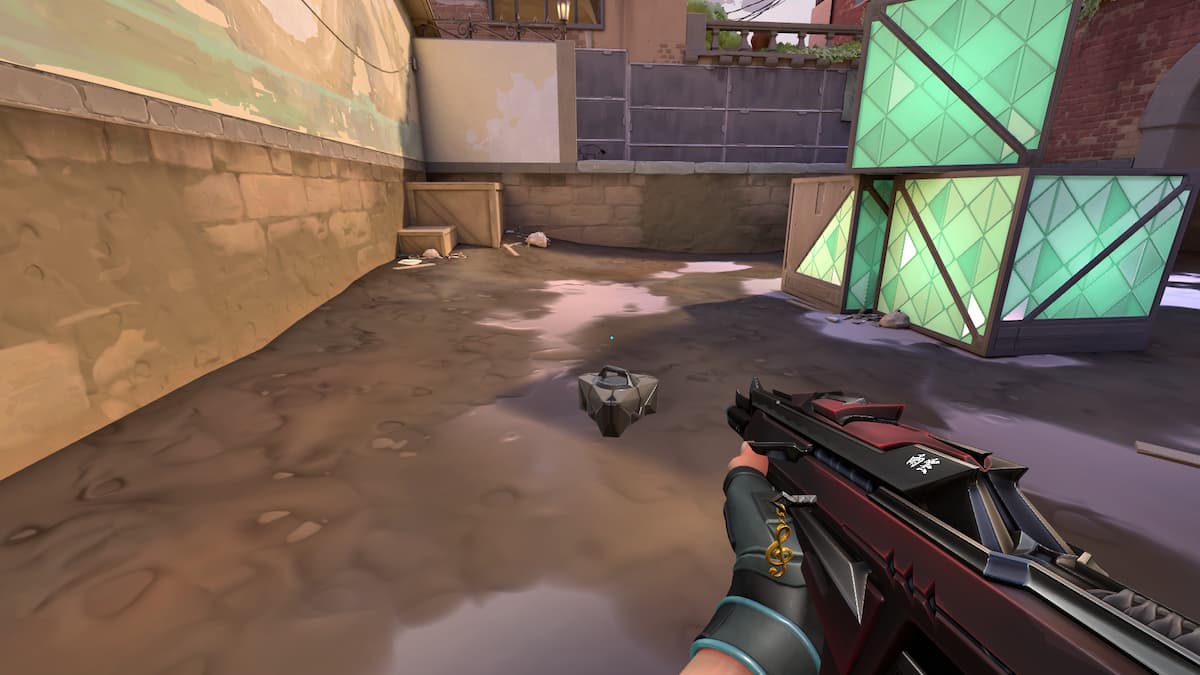

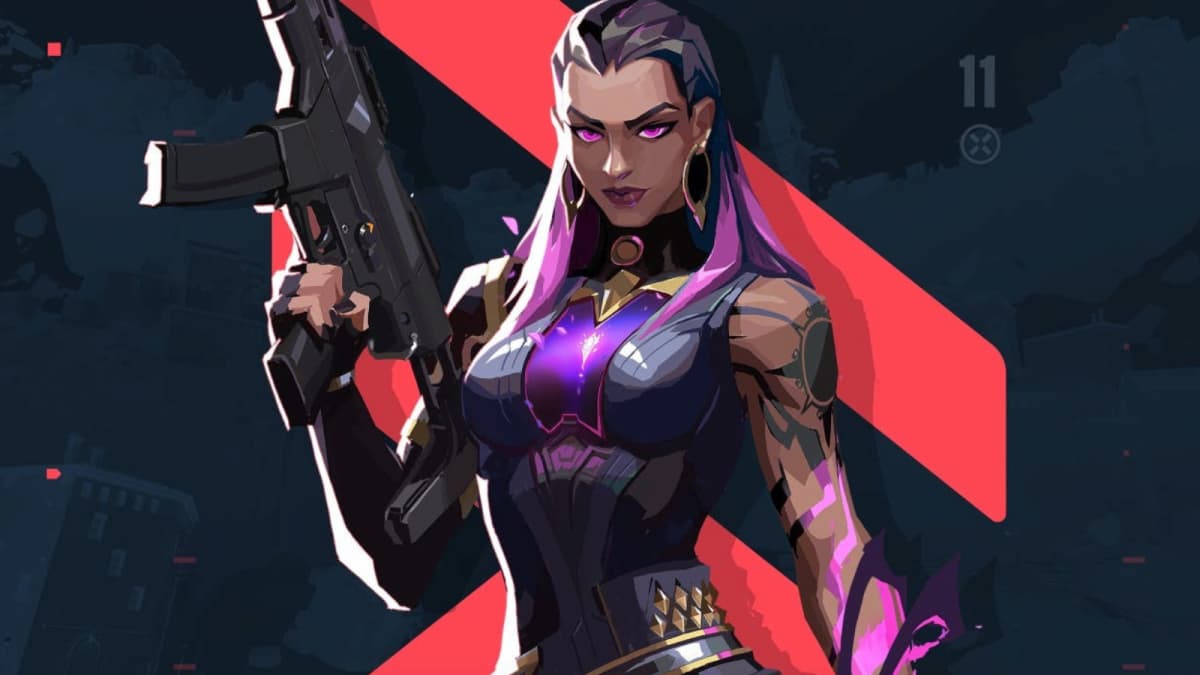


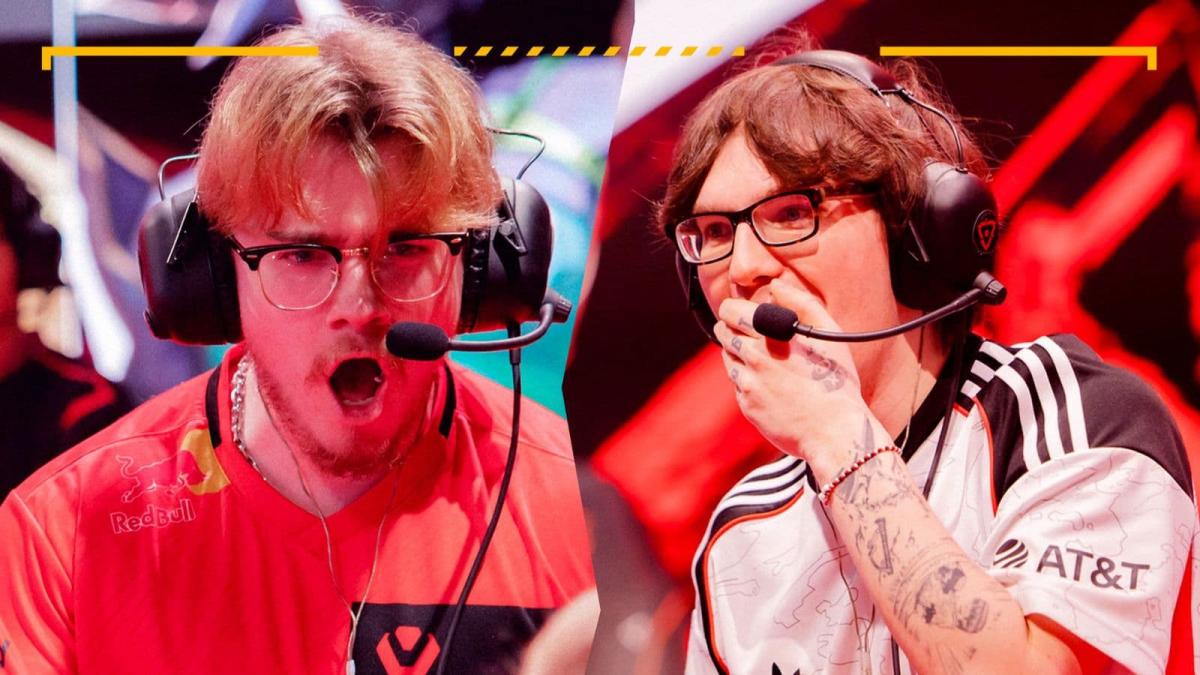

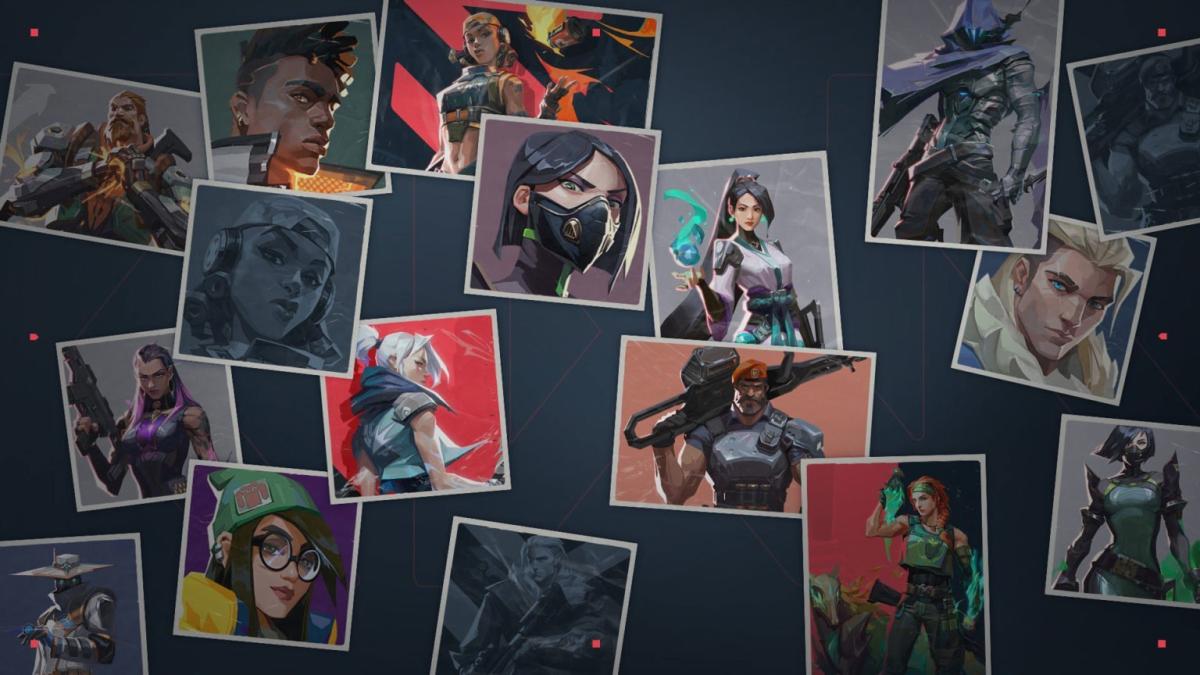

Published: Oct 25, 2024 07:58 am